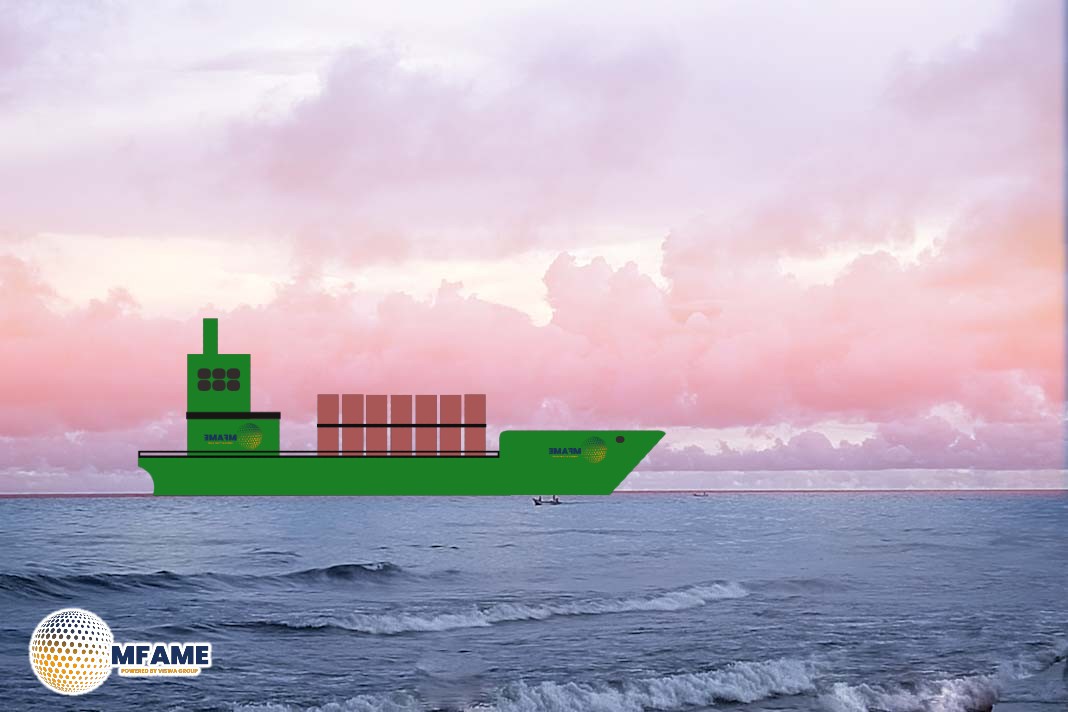
-
Asia–North America container shipping capacity has dropped significantly due to changing tariff policies.
-
Scheduled capacity for West and East Coast routes reduced by 12% and 14%, respectively.
-
Blank sailings surged by over 500%, reflecting a short-term strategy to cope with plummeting demand.
-
China order bookings fell 20% year-on-year through mid-April, as manufacturers consider alternatives like Vietnam.
The container shipping industry is undergoing rapid changes in vessel capacity, particularly on Asia–North America routes, driven by unpredictable trade conditions and shifting tariff frameworks.
According to SONAR’s Container Atlas, there was a 20% year-on-year drop in China export bookings through mid-April. Many shippers are considering sourcing alternatives such as Vietnam in response to the current instability. “Our distributors keep telling us to stock up to beat the tariffs,” said an independent housewares retailer. “We already have sufficient inventory, but it feels like this panic ordering is getting out of hand. Still, we’ll eventually have to deal with all this tariff mishegas,” she added, referencing the chaos.
Capacity Reductions on Asia–North America Routes
On the Asia–North America West Coast route, scheduled capacity for weeks 16–19 of 2025 fell from 1.43 million TEUs to 1.37 million TEUs—a 12% decrease, based on Sea-Intelligence’s analysis.
The East Coast route faced a steeper 14% cut, with capacity dropping from 1.01 million TEUs to 867,000 TEUs during the same period.
Blank Sailings Surge in Reaction to Market Volatility
Blank sailings—voyages canceled or ports skipped to match reduced demand—have seen an unprecedented increase. Initially, just 60,000 TEUs were blanked for weeks 16–19. Within one week, this figure soared to 250,000 TEUs, and by week 15, it hit 367,800 TEUs, as carriers rushed to cancel sailings in response to falling China exports.
Steady Trans-Atlantic Trade Amid Tariff Pause
In contrast, the trans-Atlantic shipping lanes have remained stable, bolstered by a 90-day tariff truce between the U.S. and the European Union. This stability reflects the absence of immediate policy shifts on that route.
Short-Term Strategies Reflect Market Uncertainty
Carriers and cargo owners appear to be acting cautiously, making only short-term adjustments as they await more consistent tariff regulations. The rapid rise and fall of tariffs are preventing long-term network planning, forcing industry players to adopt a reactive rather than proactive approach.
These developments highlight the shipping industry’s vulnerability to global trade disruptions and underscore the need for strategic flexibility in a volatile economic environment.
Did you subscribe to our daily Newsletter?
It’s Free Click here to Subscribe!
Source: FreightWaves
















